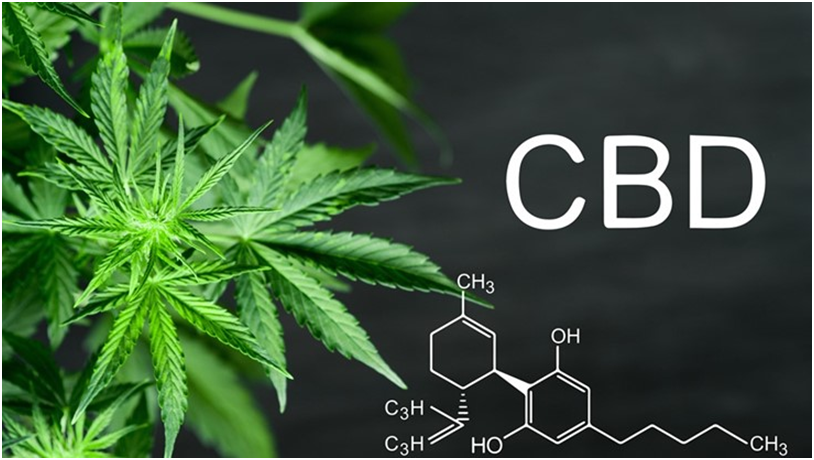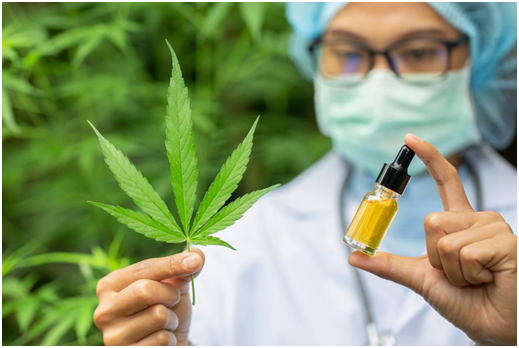
Charles R. Goulding and Preeti Sulibhavi discuss the conjunction of 3D printing and growth in CBD products.
Sales of CBD products have boomed since Senate leader Mitch McConnell inserted a provision in the 2018 farm bill authorizing the growing, production, and sale of hemp-based products. Sen McConnell wanted to give Kentucky growers additional product category alternatives to tobacco.
CBD, the non-psychoactive ingredient component of cannabis, is an effective treatment for a wide variety of serious medical conditions. Hemp production in the U.S. has quickly become a large business segment that requires a substantial amount of processing equipment. Cowan & Co, the investment bank, has estimated total market sales of $15 billion by 2025, and a recent Forbes article referenced research estimating $20 billion in sales by 2024. The rate of sales growth has increased during the COVID-19 crisis.
The various equipment categories have many underlying components suitable for 3D printing. In fact, hemp is also used for 3D printing filaments. The specialized product equipment categories include plant material baggers, sophisticated extraction systems, evaporators, dryers, bucking machines (debudding), trimmers, conveyors, vessels, packaging, safety inspection, spray wash, sensors, microbial testing, and decorticating machines.
The equipment also includes pumps and filters, which are long-standing 3D printed products. As hemp processing quickly grows from a cottage business to an industrial scale, new equipment will be necessary if becoming multi-functional and the process is being automated.
We anticipate seeing the introduction of more vision-based machine learning and robotics. The recent Los Angeles, California fire at a large processor that injured 12 firefighters has drawn national attention to hemp processing risks. The increased scrutiny will require the industry to step-up to inflammable and explosion-proof equipment while also meeting social distancing requirements.
R&D tax credit incentives are available to new and improved hemp products and processes.

The Research & Development Tax Credit
Enacted in 1981, the now permanent Federal Research and Development (R&D) Tax Credit allows a credit that typically ranges from 4%-7% of eligible spending for new and improved products and processes. Qualified research must meet the following four criteria:
- Must be technological in nature
- Must be a component of the taxpayer’s business
- Must represent R&D in the experimental sense and generally includes all such costs related to the development or improvement of a product or process
- Must eliminate uncertainty through a process of experimentation that considers one or more alternatives
Eligible costs include US employee wages, cost of supplies consumed in the R&D process, cost of pre-production testing, US contract research expenses, and certain costs associated with developing a patent.
On December 18, 2015, President Obama signed the PATH Act, making the R&D Tax Credit permanent. Beginning in 2016, the R&D credit has been used to offset Alternative Minimum Tax for companies with revenue below $50MM, and startup businesses can obtain up to $250,000 per year in cash rebates applied directly toward payroll taxes.
Growing the Business
It is unusual for a major business segment to so quickly emerge and the 3D printing industry needs to be part of this business growth.
